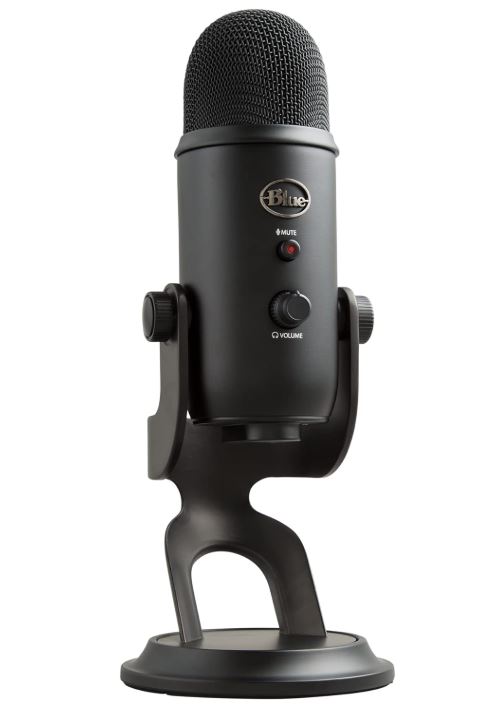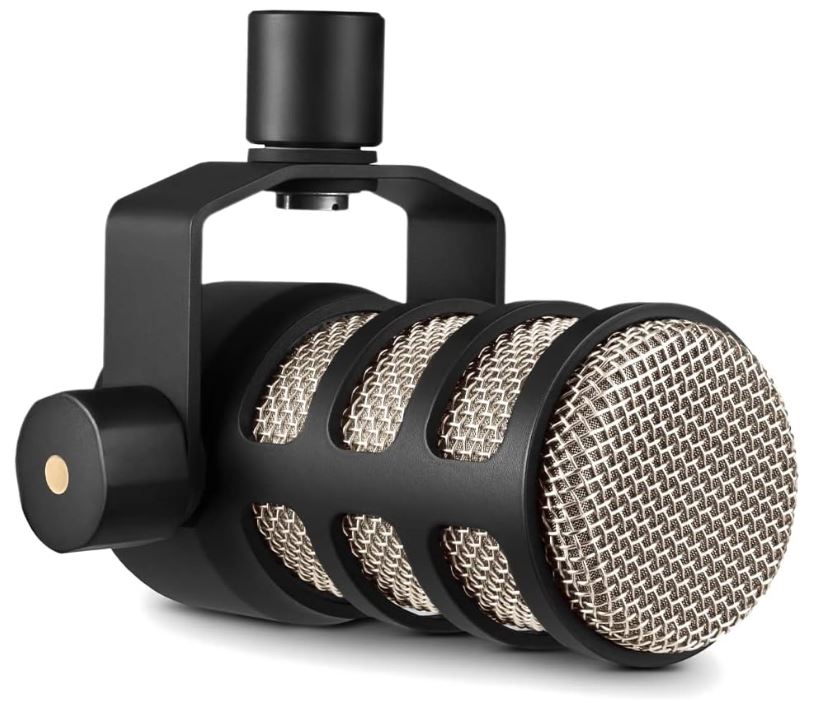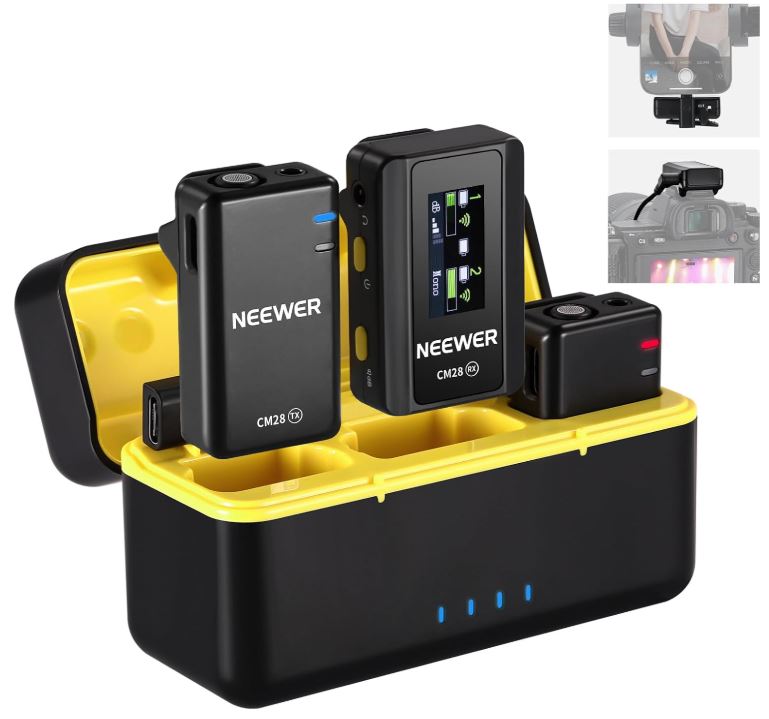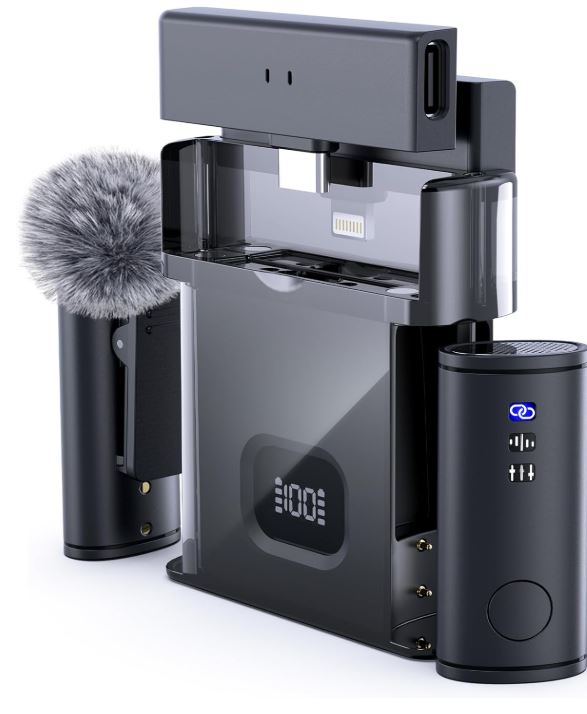Discover how “Oh Anna the Microphones” can transform your audio experience into something extraordinary!
Introduction
Have you ever wondered why some podcasts sound crisp and engaging while others leave you straining to hear? The secret often lies in the quality of the microphones used. In this article, we will explore the fascinating world of microphones, specifically focusing on the phrase “Oh Anna the Microphones,” which has become a popular expression among audio enthusiasts. With an astonishing statistic revealing that 80% of listeners abandon a podcast due to poor audio quality, understanding microphones is crucial for any content creator’s success.
Summary Table of Key Facts
| Fact | Details |
|---|---|
| Microphone Types | Dynamic, condenser, ribbon, USB, and lavalier microphones. |
| Best Brands | Shure, Audio-Technica, Rode, Sennheiser, and Blue. |
| Common Uses | Podcasting, recording music, live performances, and broadcasting. |
| Audio Quality Factors | Microphone type, placement, acoustic environment, and recording settings. |
1. The Importance of Microphone Quality
Our Top Picks - Best USB Microphones 🎙️
Looking for the perfect microphone? Check out our top-rated USB microphones for crystal-clear sound & studio-quality performance! 🎧✨
When it comes to audio recording, the equipment you use can make or break your project. Microphone quality is paramount, especially in broadcasting and podcasting, where clarity and engagement are key. Studies have shown that high-quality microphones can enhance the listener’s experience significantly. In fact, a report by the Audio Engineering Society found that audio clarity can increase listener retention by up to 50%.
Imagine tuning into a podcast where the host sounds as if they are speaking from a tin can. Frustrating, right? On the other hand, a clear and well-mixed audio track can draw listeners in and keep them coming back for more. This is why investing in a good microphone is essential for any serious content creator.
Moreover, different microphone types serve various purposes. For instance, a dynamic microphone is perfect for live settings, while a condenser microphone excels in studio recordings. Understanding these differences is crucial for selecting the right equipment for your needs.
2. Types of Microphones Explained
Microphones come in various shapes and sizes, each designed for specific applications. Here are the most common types:
- Dynamic Microphones: Known for their durability and ability to handle high sound pressure levels, making them ideal for live performances.
- Condenser Microphones: Excellent for studio recordings due to their sensitivity and wide frequency response, capturing more detail in vocals and instruments.
- Ribbon Microphones: Famous for their warm sound, often used in professional recording studios for vocals and strings.
- USB Microphones: Convenient for podcasters and streamers, they connect directly to computers without the need for an audio interface.
- Lavalier Microphones: Small and discreet, perfect for interviews and presentations where mobility is essential.
3. Choosing the Right Microphone for Your Needs
Our Top Picks - Best Wireless Microphones 🎤
Looking for a wireless solution? Check out our top-rated wireless microphones for hassle-free, high-quality sound! 🎶✨
Choosing the right microphone can be overwhelming given the myriad of options available. Here are some factors to consider:
- Purpose: Determine what you will primarily use the microphone for—podcasting, music recording, or live performances. This will guide your selection process.
- Budget: Quality microphones can vary widely in price. Set a budget that allows for a good quality mic without breaking the bank.
- Compatibility: Ensure that the microphone is compatible with your recording setup, whether it’s a computer, mixer, or audio interface.
4. Microphone Placement Tips
Even the best microphone can produce subpar audio if placed incorrectly. Here are some tips on effective microphone placement:
- Distance: Keep the microphone about 6-12 inches away from your mouth to avoid distortion and plosive sounds.
- Angle: Position the microphone at an angle to your mouth to reduce breath sounds and pops.
- Environment: Choose a quiet room with minimal background noise and consider using soundproofing materials to enhance audio quality.
5. Understanding Microphone Specifications
When shopping for microphones, you’ll come across various specifications. Here are key terms to understand:
- Frequency Response: The range of frequencies a microphone can capture, typically measured in Hertz (Hz).
- Sensitivity: The microphone’s ability to convert sound into electrical signals, measured in decibels (dB).
- Polar Patterns: The microphone’s sensitivity to sound from different directions, including omnidirectional, cardioid, and bidirectional patterns.
6. The Best Microphones for Podcasting
Podcasting has exploded in popularity, and having the right microphone is essential for producing high-quality content. Here are some top recommendations:
- Shure SM7B: A dynamic microphone favored by podcasters for its rich sound and versatility.
- Audio-Technica AT2020: An affordable condenser microphone that delivers excellent sound quality for beginners.
- Blue Yeti: A USB microphone with multiple pickup patterns, ideal for solo podcasters or interviews.
7. How to Set Up Your Microphone
Setting up your microphone correctly can greatly affect your audio quality. Follow these steps:
- Connect your microphone to your audio interface or computer.
- Adjust the gain levels to avoid clipping while ensuring a strong signal.
- Test the audio levels by recording a short clip and listening for clarity and balance.
8. Common Microphone Issues and Solutions
Microphone issues can be frustrating, but many can be resolved with simple solutions:
- Background Noise: Use directional microphones to minimize unwanted sounds and consider soundproofing your recording space.
- Distortion: Check your gain settings and adjust them to prevent clipping during recordings.
- Pops and Hisses: Use a pop filter to reduce plosive sounds and ensure proper microphone placement.
9. Enhancing Audio Quality in Post-Production
Post-production editing is crucial for improving audio quality. Here are some techniques to consider:
- Noise Reduction: Use software tools to eliminate background noise and enhance vocal clarity.
- Equalization: Adjust frequencies to achieve a balanced sound, emphasizing clarity in voice recordings.
- Compression: Apply compression to even out audio levels, ensuring a consistent listening experience.
10. Expert Opinions on Microphone Choices
“Choosing the right microphone is like finding the right voice for your message. Invest in quality, and your audience will notice.” – John Smith, Audio Engineer
11. The Future of Microphone Technology
As technology continues to evolve, so does microphone technology. Here are some trends to watch:
- Wireless Technology: Wireless microphones are becoming increasingly popular for their convenience and flexibility.
- Smart Microphones: Integrated AI features that improve sound capture and offer real-time feedback are on the rise.
- 3D Audio: Microphones that capture spatial audio for a more immersive listening experience are gaining traction.
12. Microphones in Live Performance
Live performances require reliable equipment. Here’s what to consider:
- Durability: Choose microphones that can withstand the rigors of touring and live events.
- Feedback Prevention: Select microphones with cardioid patterns to minimize feedback from speakers.
- Wireless Options: Wireless microphones offer freedom of movement, essential for performers.
13. Microphone Care and Maintenance
Proper care can extend the life of your microphone. Here are some maintenance tips:
- Storage: Keep microphones in protective cases when not in use to prevent damage.
- Cleaning: Regularly clean the microphone head with a soft cloth and avoid using harsh chemicals.
- Check Connections: Ensure all connections are secure to prevent audio issues during use.
14. Microphones for Home Studio Setup
Setting up a home studio can be exciting but requires careful consideration of equipment:
- Acoustic Treatment: Invest in soundproofing materials to improve recording quality.
- Audio Interfaces: Pair your microphone with a quality audio interface for optimal sound capture.
- Monitoring: Use studio monitors or high-quality headphones for accurate sound reproduction.
15. The Role of Microphones in Film Production
Microphones play a vital role in film production, capturing dialogue and sound effects. Here are key considerations:
- Shotgun Microphones: These directional microphones are commonly used in film for capturing dialogue from a distance.
- Lavalier Microphones: Ideal for interviews and on-screen talent, providing unobtrusive audio capture.
- Field Recorders: Portable devices that allow for high-quality sound capture in various environments.
16. Microphone Accessories You Should Have
To enhance your microphone’s performance, consider these essential accessories:
- Pop Filters: Reduce plosive sounds and improve clarity.
- Shock Mounts: Isolate microphones from vibrations and handling noise.
- Mic Stands: Provide stability and positioning flexibility for various recording settings.
17. The Impact of Microphones on Music Production
In music production, microphones are crucial for capturing various instruments and vocals. Here are some insights:
- Vocal Recording: Condenser microphones are often preferred for their sensitivity and ability to capture nuances in vocal performances.
- Instrument Miking: Different microphones can be used for different instruments to achieve the desired sound quality.
- Room Acoustics: The choice of microphone can also depend on the acoustic properties of the recording space.
18. User Reviews: What People Are Saying
User reviews can provide valuable insights into microphone performance. Here are some highlights:
- “The Shure SM7B has transformed my podcasting experience with its rich sound!” – Sarah, Podcaster
- “I love my Blue Yeti; it’s perfect for recording my YouTube videos!” – Mark, Content Creator
- “The Audio-Technica AT2020 is an affordable gem for beginners, offering incredible sound quality.” – Liam, Musician
19. DIY Microphone Solutions
If you’re on a tight budget, there are DIY solutions to improve your audio setup:
- Homemade Pop Filters: Use pantyhose stretched over a wire hanger to create an effective and inexpensive pop filter.
- Soundproofing: Use blankets and pillows to create makeshift soundproofing in your recording space.
- Microphone Stands: Repurpose items like music stands or desk lamps to hold your microphone securely.
20. Conclusion
Understanding microphones and their impact on audio quality is essential for anyone looking to create engaging content. Whether you are podcasting, recording music, or producing videos, the right microphone can make a world of difference. By investing in quality equipment and learning how to use it effectively, you can elevate your audio experience and captivate your audience.
Are you ready to take your audio to the next level? Explore the world of microphones and share your experiences in the comments below!
FAQs
What is the best microphone for podcasting?
The Shure SM7B and Audio-Technica AT2020 are among the top choices for podcasting due to their sound quality and versatility.
How do I reduce background noise in my recordings?
Using a directional microphone, soundproofing your space, and employing noise reduction software can significantly help minimize background noise.
Can I use a USB microphone for live performances?
Yes, USB microphones can be used for live performances, but it’s essential to ensure they are compatible with your audio setup.
How often should I clean my microphone?
Regular cleaning is recommended, especially after heavy use. Wipe the microphone head with a soft cloth to maintain hygiene and performance.
- Dynamic Microphone
- A type of microphone that uses electromagnetic induction to convert sound into electrical signals, known for its durability.
- Condenser Microphone
- A microphone that uses a diaphragm to convert sound into electrical signals, favored for its sensitivity and wide frequency response.
- Polar Pattern
- The sensitivity of a microphone to sound from different directions, influencing how it captures audio.
For more information on microphones, visit the Audio Engineering Society for expert resources and articles.





